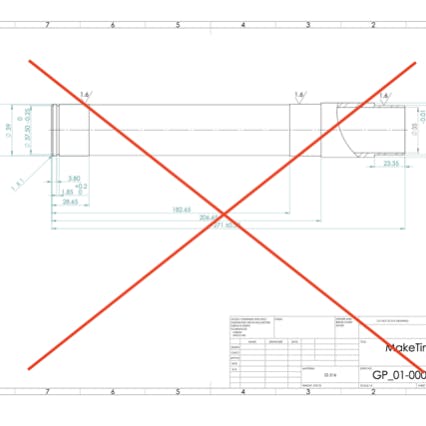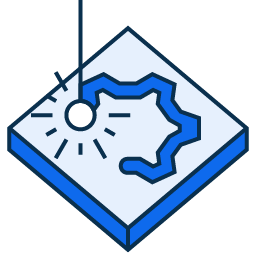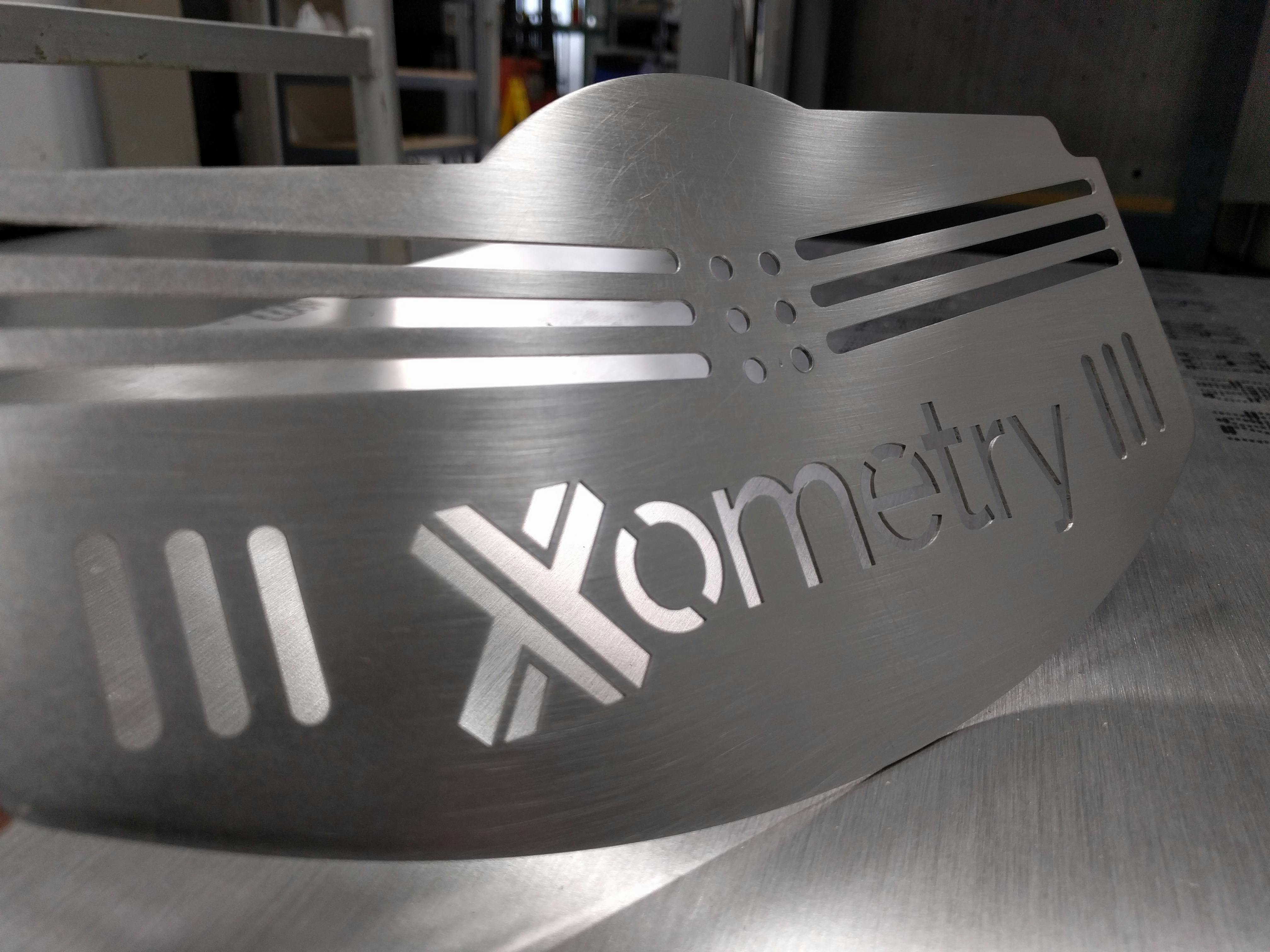
How to Prepare your DXF File for Sheet Cutting
You can upload a DXF file for instant quoting of laser or waterjet cut parts. This guide offers tips and requirements for the best results using a DXF.

Why would I use a DXF file for quoting?
Xometry's Sheet Cutting Services utilize laser cutting and waterjet cutting to produce affordable flat parts with custom outlines. We accept various file types from STP, SLDPRT, IPT, PRT, SAT, and DXF. DXF files are uniquely suited for sheet cutting because they are two-dimensional, top-down representations of the final part. DXF stands for Drawing Interchange Format or Drawing Exchange Format.
DXF files are exported from CAD software and even many art and design programs. DXF files are vectored, meaning that a mathematical formula versus pixels defines the lines. Unlike raster images such as photos, vectored DXF files will not lose any resolution regardless of how far you zoom in on the image.
Some Quick Tips to Prepare your DXF File
| DXF Quick Tips |
|---|
DXF Quick Tips Remove all duplicate or overlapping lines, curves, points, etc... |
DXF Quick Tips Remove any title block information, notes, and dimensions. |
DXF Quick Tips The file should not contain open curves. |
DXF Quick Tips Remove all lines with a length of less than 0. |
DXF Quick Tips Close all open curves so that the 2D sketch can be extruded. |
DXF Quick Tips The file should not contain disconnected areas of material. |
DXF Quick Tips The file should not contain extraneous curves preventing the detection of boundaries. |
Some quick tips to ensure that you get a flat cut sheet metal quote with a DXF file.

DXF Requirements
Cut files only
The best way to get an instant quote with a DXF is to upload a cut file and not the full drawing. Using a DXF will create a quote for a “flat cut” sheet part without bends. If there are bends in the part, the best way to quote is by using a 3D CAD model formed to the final shape.
Annotations are okay!
Because annotations (like bubble annotations or tolerances) are not part of the geometry, we are able to filter those out. However, tolerance callouts will need to be specified in the instant quote and included in an attached drawing for accurate pricing.
Does not contain title blocks
Extra-drawn features can be confused with cut geometry and will cause the file processing to fail. Multiple layers will be merged into a single layer as part of the geometry process.
Become an Expert in All things Sheet Metal Fab
Segments should not be grouped into BLOCK entities
Files cannot contain line segments or curved features in a BLOCK section.
All 2D geometry must be in the XY-plane
All drawing features must be oriented in the XY plane. Make sure the file is a 2D (not 3D) DXF file.
No inserts or assembled components
Files cannot contain inserts or multiple assembled components.
Wireframes should be visible
Files should have a sketch visible and especially the boundary sketch.

